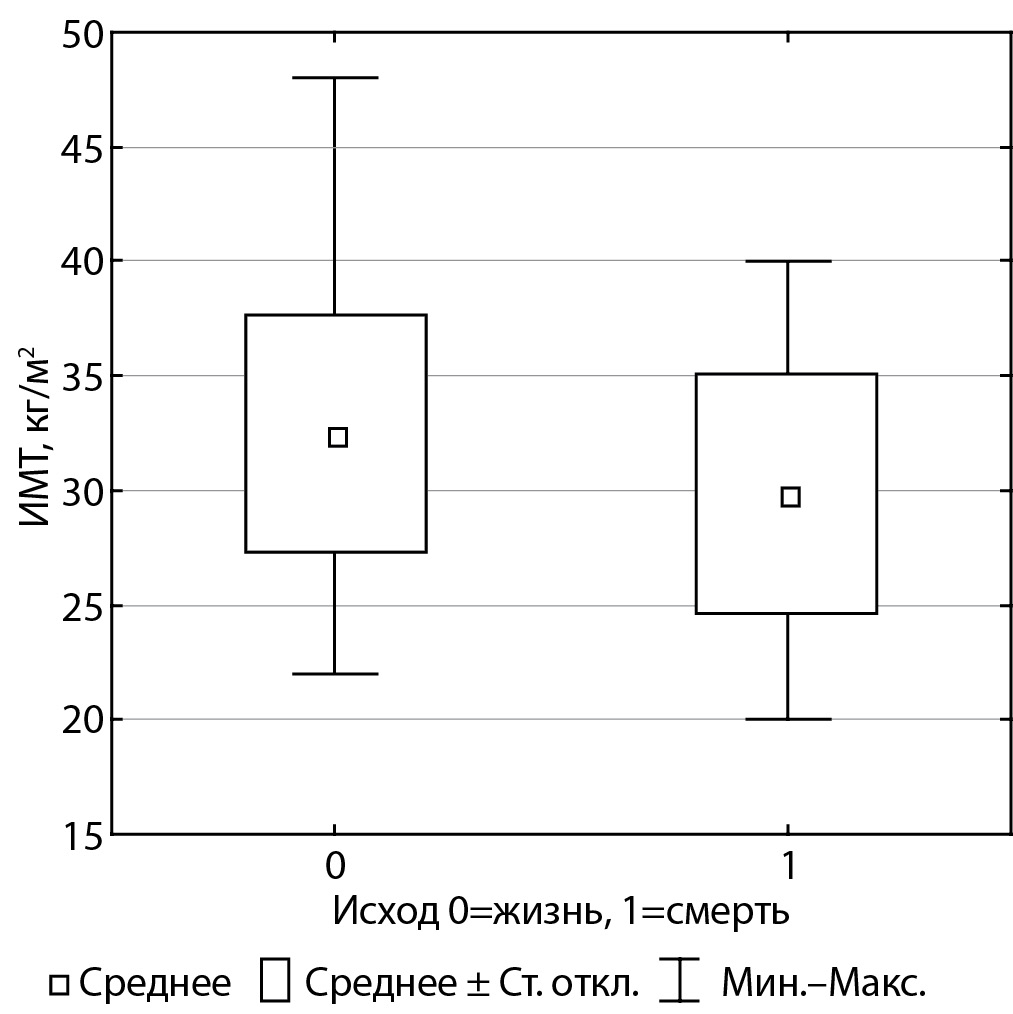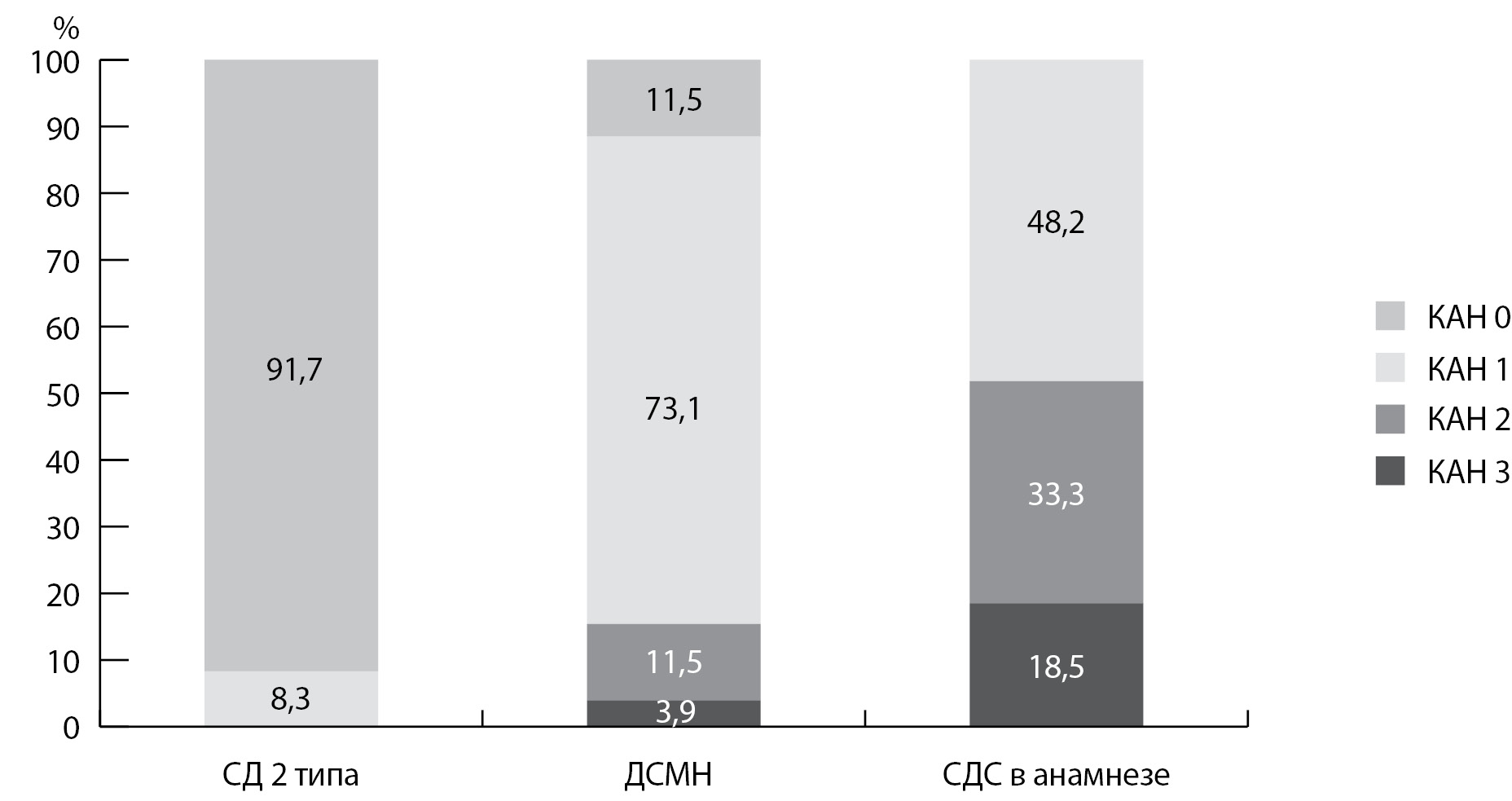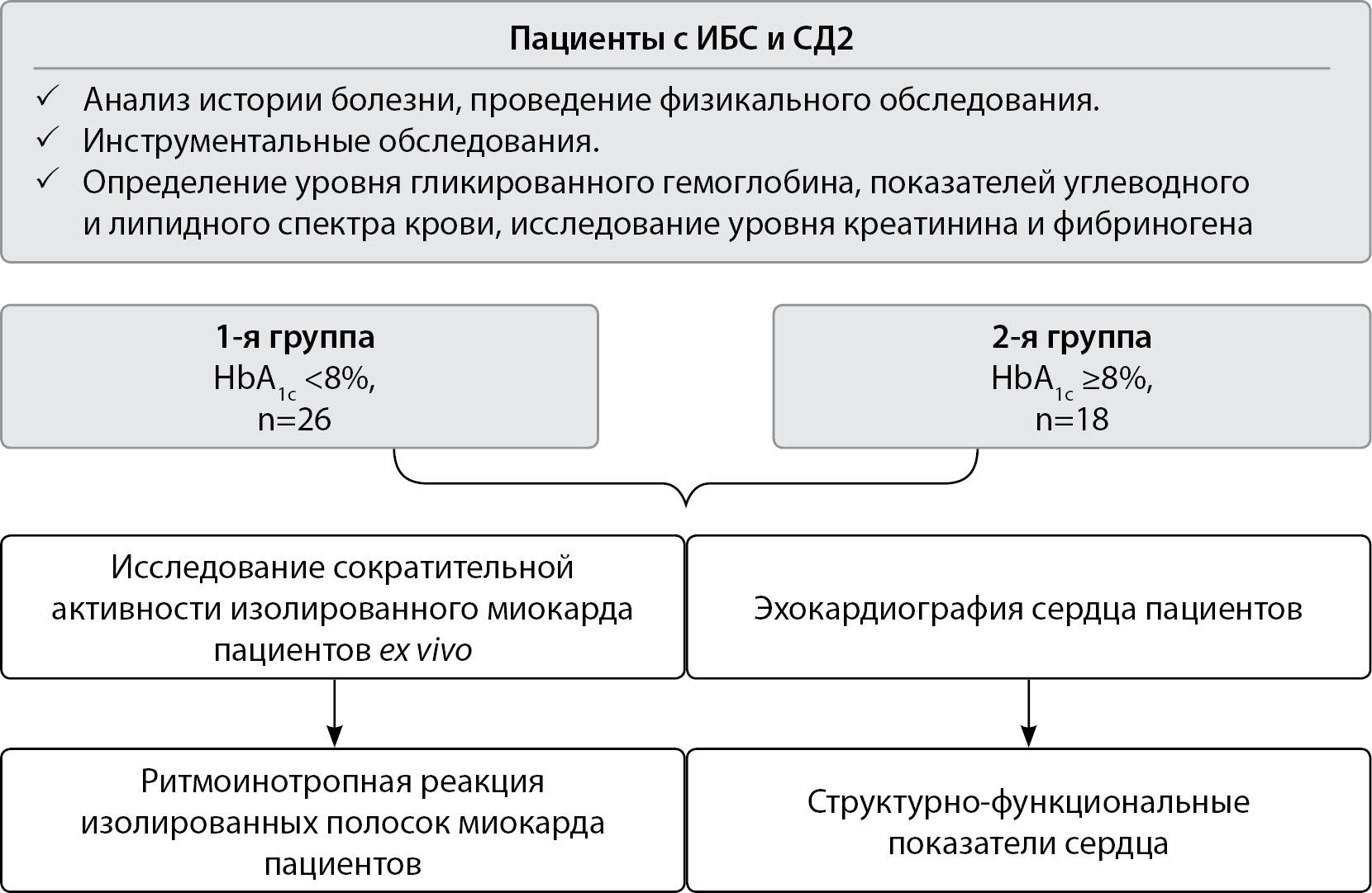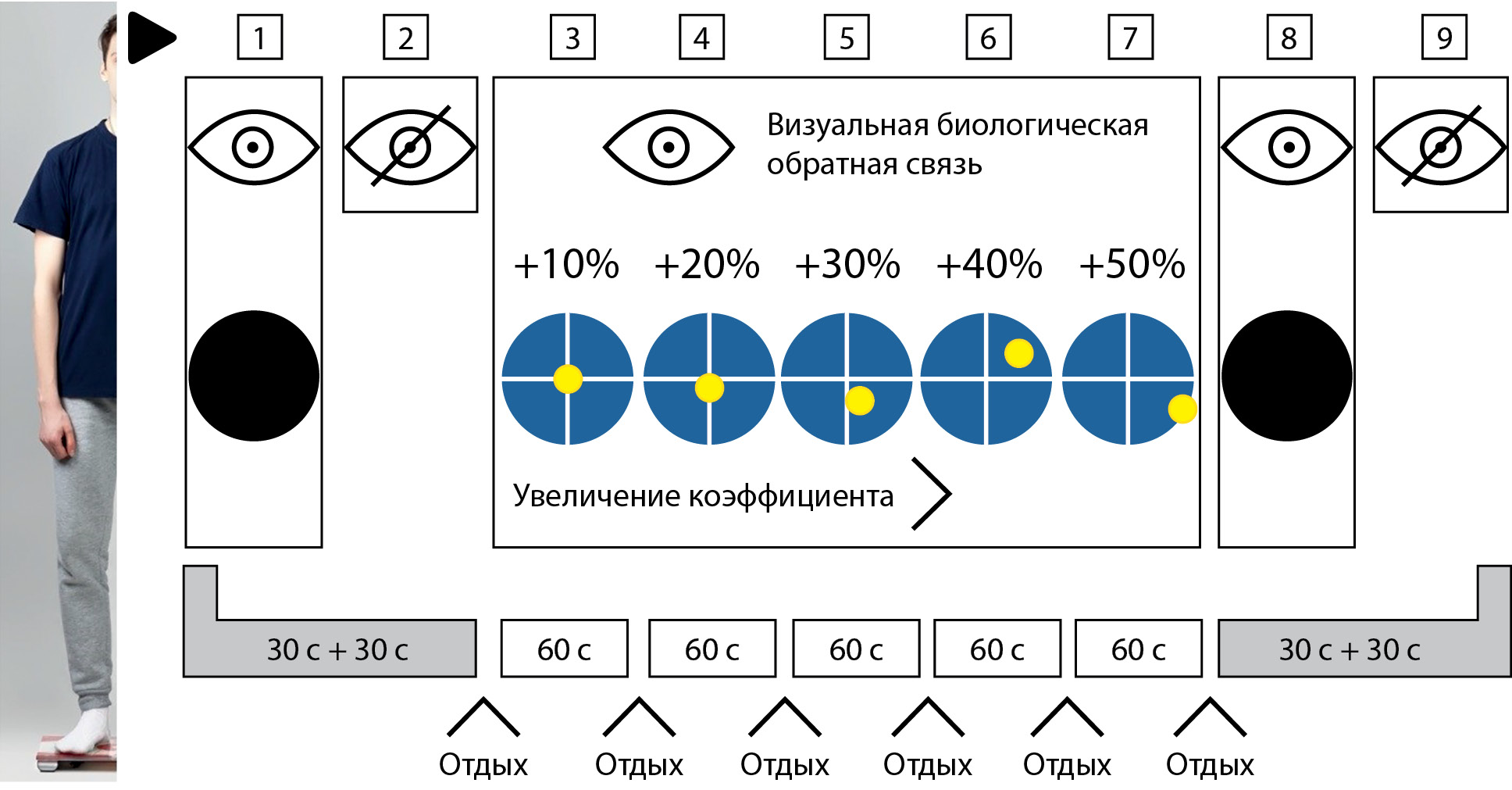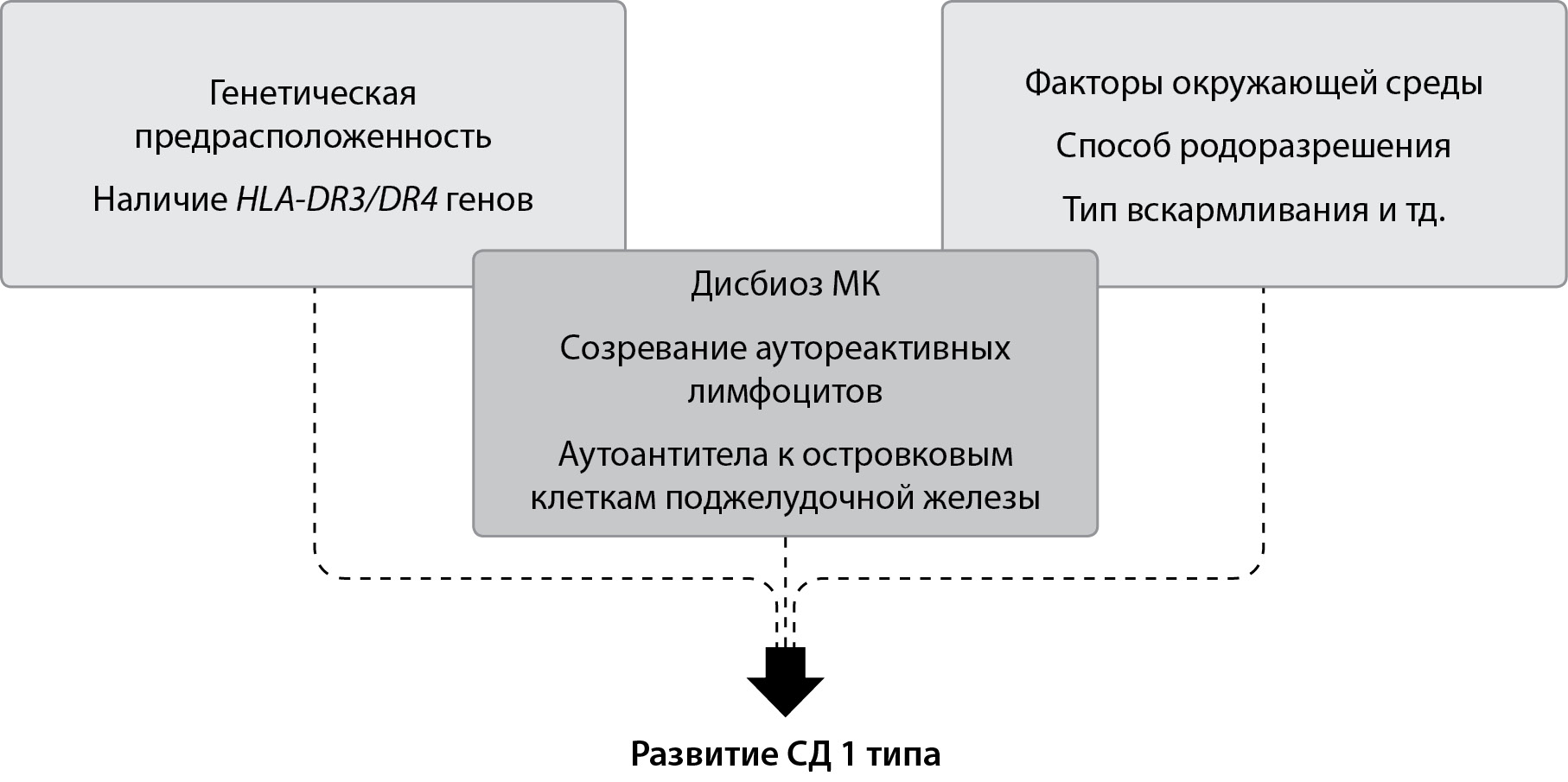Jubilee Greetings
The History
The discovery of insulin and the beginning of its use in 1921–1922 made a revolution in endocrinology and in medicine in general. This significant event gave millions of patients with diabetes not only the opportunity to live, but also the hope that their life with this disease would be full.
The article examines the history of insulin discovery, as well as the evolution of several generations of insulin preparations and the advantages of each of the generations that have radically changed not only life expectancy, but also its quality.
The first generation — insulins of animal origin and the solution of the first tasks of their sufficient production and purification. The next generation is human insulins, the purification of which was also a problem. The third generation is insulin analogues, the action of which became closer to the action profile of natural insulin. And the last generation — insulin analogues, most closely mimicking the action of endogenous insulin.
Along with the development of insulin preparations, the article traces the evolution of the devices of its administration.
Original Studies
BACKGROUND: Patients with Type 2 Diabetes (T2DM) and patients on maintenance hemodialysis (MHD) are at a high risk of adverse clinical course of COVID-19. To date, the causes of high mortality in these groups are not fully understood. Data about peculiarity of clinical course and Tocilizumab (TCZ) administration in patients with T2DM receiving MHD due to outcome of diabetic kidney disease (DKD) are not yet highlighted in current publications.
AIMS: Identification of risk factors (RF) of adverse COVID-19 outcome and evaluation of TCZ administration in patients with T2DM receiving MHD due to DKD.
MATERIALS AND METHODS: The patients treated in Moscow City Hospital No52 were included in retrospective observational study. The observation period was from 04.15 to 07.30 2020. The study endpoints were the outcomes of hospitalization — discharge or lethal outcome. Data were collected from electronic medical database. The following independent variables were analysed: gender, age, body mass index, time from the onset of symptoms to hospital admission, cardiovascular and general comorbidity (Charlson Index, CCI), cardiovascular event (CVE) during hospitalization, treatment in ICU, mechanical ventilation (MV), degree of lung damage according to CT data, level of prandial glycemia at admission, MHDassociated parameters (vintage, type of vascular access, frequency of complications). The autopsy reports were evaluated for the purpose of lethal structure investigation. In a subgroup treated TCZ the time from symptoms onset to TCZ administration and number of laboratory indicators were evaluated.
RESULTS: 53 patients were included, mean age 68 ±9 y, males — 49%. General mortality in observation cohort was 45%, mortality in ICU — 81%, mortality on MV — 95%. High cardiovascular and general comorbidity was revealed (mean CCI — 8,3 ±1,5 points). The causes of outcomes according to autopsy reports data: CVE 37,5% (among them — acute myocardial infarction during hospitalization), severe respiratory failure — 62,5%. The independent predictors of lethal outcome were: MV (OR 106; 95% CI 11,5–984; р <0,001), 3-4 degree of lung damage according to CT data (ОR 6,2; 95% CI 1,803–21,449; р = 0,005), CVE during hospitalization (ОR 18,9; 95% CI 3,631–98,383; р <0,001); CCI ≥10 points (ОR 4,33; 95% CI 1,001–18,767; р = 0,043), level of prandial glycemia at admission ≥10 mmol/l (ОR 10,4; 95% CI 2,726–39,802; р <0,001). For risk identification of upcoming lethal outcome a predictive model was created with the use of discovered RF as variables. The predictive value of this model is 92,45% (positive prognostic value — 96,5%, negative prognostic value — 87,5%).
In TCZ treated subgroup the laboratory markers of adverse outcome were detected with application of correlation analysis. Among them: increasing level of CPR 24-48 hours before lethal outcome (r = 0,82), the reduction of lymphocytes count after TCZ administration (r = -0,49), increasing of leukocytes and further reduction of lymphocytes count 24-48 hours before lethal outcome (r = 0,55 и r = -0,52, resp.)).
CONCLUSIONS: The number of RF of adverse COVID-19 outcome in patients with T2DM receiving MHD due to DKD are identified. CVE is one of the leading causes of mortality in study cohort. According to our experience the preventive (instead of rescue) strategy of TCZ administration should be used.
BACKGROUND: Diabetic autonomic neuropathy is the reason for early morbidity and mortality on diabetic patients. The pathology not only cardiac innervation but microvascular is presented.
AIMS: We estimated the parameters of skin microvascular blood flow in accordance with cardiovascular autonomic neuropathy (CAN) staging in diabetic patients. We also assessed other risk factors of CAN in patients with diabetes.
MATERIALS AND METHODS: We included 76 patients with type 2 diabetes in the study (24 patients with resent-onset diabetes and/or diabetes without microvascular complications, 26 with diabetic sensorimotor neuropathy (SMN) and 26 with SMN and previous history of diabetic foot amputation). The SMN was diagnosed on the basis of patients complaints, anamnesis and data of clinical neurological examinations. CAN was detected using several cardiovascular autonomic reflex tests (CART) as a gold standard of diagnosis: the tilt-table test, a deepbreathing and Valsalva Maneuver, handgrip test, cold-stress vasoconstriction. According to the Toronto Diabetic Neuropathy Expert Group Recommendation all patients was separated on the groups: CAN 0 (all CARTs were normal), CAN 1 (possible/early CAN — one abnormal CART was presented), CAN 2 (definite/confirmed CAN –at least two abnormal CARTs were found), CAN 3 (severe/advanced CAN — in the cases of orthostatic hypotension in addition to CARTs abnormalities). Microvascular blood flow of skin at the nail roller of fingers skin was valuated at rest as well as in functional cold test by the method of High-frequency Ultrasonic Dopplerography using the “Minimax Doppler K” device (LLC JV “Minimax”, St. Petersburg, Russia).
RESULTS: CAN 1 was found in 8% diabetic patients without microvascular complications, 42 and 21% patients with SMN and diabetic foot amputations respectively. CAN 2 was diagnosed in 27% patients with SMN and 58% patients history of diabetic foot amputations. CAN 3 in 8% and 19% cases in patients with SMN and history of diabetic foot amputations respectively. The parameters of microvascular blood flow at rest were significantly decreased in patients with confirmed/severe CAN in comparison with early staging of CAN and patients without CAN (Vm=2.5±0.66 sm/sec vs. 4.4±0.54 sm/sec and 5.1±1.01 sm/sec respectively; p=0.0033). The abnormal result of cold test was detected in 94% patients with confirmed/ severe CAN and 26% patients with CAN 1.
CONCLUSIONS: This investigation has demonstrated in a cohort with type 2 diabetes patients with/without SMN and with/ without history of previously foot amputations that decrease the Vm (the variable of microvascular blood flow assessed by High-frequency Ultrasonic Dopplerography) lower than 2.4 sm/sec is associated with 6.4 times increased likelihood of confirmed/severe CAN as well as positive cold test result. That the patients with positive cold test results were 28.6 times more likely have confirmed/severe CAN.
BACKGROUND: Adequate glycemic control can significantly reduce the risk of developing cardiovascular events. However, until now, glycaemic targets in aged patients remain a subject of discussion, especially in the conditions of the combined development of Type 2 Diabetes Mellitus (T2DM) and ischemic heart disease (IHD).
AIMS: To examine the structural and functional heart parameters in patients with IHD associated with T2DM and the rhythmoinotropic responses of their isolated myocardium depending on glycated hemoglobin level.
MATERIALS AND METHODS: The study included 44 patients with a diagnosis of "chronic IHD associated with T2DM", of which 2 groups were formed. Patients with glycated hemoglobin level (HbA1c) <8% were included in the 1st group, and patients with HbA1c ≥8% were included in the 2nd group. The structural and functional heart parameters obtained with ultrasonography, and the rhythmoinotropic responses of myocardium in patients ex vivo were analyzed using the right atrial appendage fragments obtained during elective coronary artery bypass graft. The inotropic response of muscle strips at a basic stimulation frequency of 0,5 Hz to testing influences was assessed. An extrasystolic test and post-rest test were performed.
RESULTS: It was found that extrasystolic contractions of isolated myocardial strips in patients of the 2nd group appeared at shorter extrasystolic intervals, which indicates a greater excitability of the myocardium in patients of this group. Postextrasystolic muscle contractions in patients of the 2nd group had significant potentiation. The amplitude of the muscle strips contractions in patients of both groups was potentiative after short rest periods. However, with an increase in the rest duration, potentiation of contractions was observed only in the group with a higher HbA1c level. According to the ultrasonography data, it was found that the values of the endsystolic and diastolic volumes, the interventricular septum thickness and the left ventricular (LV) myocardium mass were significantly lower in the patients of the 1st group compared with the corresponding indicators in the patients of the 2nd group. The early LV filling velocity (peak E) was significantly lower in the patients of the 1st group, which indicates a slower LV relaxation. At the same time, the rapid LV filling velocity did not have a significant intergroup difference, but this indicator exceeded the reference values in both groups.
CONCLUSIONS: With a moderately increased glycemic level (9,2 [8,0; 10,3]%), the structural and functional heart parameters are preserved both at the level of the isolated myocardial tissue and at the level of the whole heart.
BACKGRAUND: Violation of gait and body balance in patients with diabetic polyneuropathy actualizes the development of new effective measures of motor rehabilitation. In this regard, an observation was carried out in which biofeedback training was used for the reference reaction in the conditions of variable feedback parameters.
AIMS: To investigate the effect of a stepwise change in the depth of feedback (sensitivity) in a motor-cognitive task with visual feedback on the reference response to the result of its execution.
METHODS: Single-sample observational observation with controlled conditions. 27 patients with diabetic polyneuropathy. All patients were treated according to modern standards. The observation was performed in one series at the beginning of the course of inpatient treatment. Estimation of body balance on a power platform — stabiloplatform) — stabilometry. The procedure included 5 stages of management, in which the patient followed the instructions (training) in which there was a stepwise increase in the depth of feedback («sensitivity») at each stage from 10 to 50% of the conditional «normal», with a step of 10%. A quantitative assessment of the external result (execution of instructions) and parameters of regulation of the vertical posture was carried out.
RESULTS: All patients included in the follow-up showed that the implementation of instructions with increasing depth of feedback decreased sharply when the conditionally «normal» value was exceeded by 30–35%. At the same time, the initial parameters of vertical posture control in the sample patients did not affect the dynamics of results when performing the task with visual feedback. Factor analysis indicates the presence of the only significant factor associated with the effectiveness of performing a motor-cognitive task here — changes in the depth of feedback. The accepted significance level α = 0.05.
CONCLUSIONS: The depth of feedback in motor-cognitive tasks with visual feedback is a key characteristic that affects performance. The ability to increase the depth of feedback in the range of about 35; from conditionally «normal», can be useful for ensuring differentiation of loads during motor rehabilitation of patients in order to increase the effectiveness of training. In addition, in theoretical terms, the proposed model of the motor-cognitive problem can be relevant in the study of «dual» problems, where the relationship of motor and cognitive components is studied.
Review
At the beginning of the XXI century, with the advent of technical capabilities and new methods of genes sequencing, the attention of researchers to the study of the human metagenome has significantly increased. The interaction between changes in the qualitative and quantitative composition of the gut microbiota (GM) and various diseases is being actively studied, a search for specific metabolites and genes of microorganisms that may be associated with the development, in particular, of immune-mediated diseases is underway. In recent years, a lot of new data have been published on the possible contribution of gut flora dysbiosis to the development of Type 1 Diabetes Mellitus (T1DM), while the first assumptions were put forward as far back as 1970s. The search for pathogenetic mechanisms of GM influence on the development and progression of T1DM is becoming an increasingly relevant objective, since in recent years the incidence of T1DM is rapidly increasing, which is a serious health problem throughout the world.
This review discusses the current ideas about the role of GM in the immunopathogenesis of T1DM, new data on the near-term prospects in the study of the human macrogenome, current ideas about the role of GM in the immunopathogenesis of T1DM, and the possibility of applying this knowledge by the practitioner.
Case report
Slowly developing immune-mediated diabetes, often called latent autoimmune diabetes in adults, is characterized by the presence of autoantibodies (ATs) to glutamic acid decarboxylase (GADA), the patient's age at the onset over 35 years, and the absence of the need for insulin therapy for 6-12 months to 6 years from the moment of diagnosis, according to the WHO classification of 2019, refers to hybrid forms of diabetes mellitus (DM). In this article, we present a case history of slowly developing immune-mediated diabetes in a 14-year-old boy who was transferred from metformin monotherapy and a diet with restriction of digestible carbohydrates to the intensified insulin therapy only 4 years after the onset of diabetes mellitus with a glycated hemoglobin (HbA1c) level of less than 6.5% throughout the disease. As a result of the studies, the patient was found to have a homozygous genotype highly predisposing to the development of Type 1 Diabetes Mellitus (T1DM), as well as increased levels of ATs to GADA and tyrosine phosphatase (IA-2A). The initially preserved level of basal C-peptide and the clinical course of the disease in this patient do not allow us to classify this case as a classic variant of the course of Type 1 Diabetes Mellitus.
Regulatory documents

This work is licensed under a Creative Commons Attribution-NonCommercial-NoDerivatives 4.0 International License (CC BY-NC-ND 4.0).
ISSN 2072-0378 (Online)





